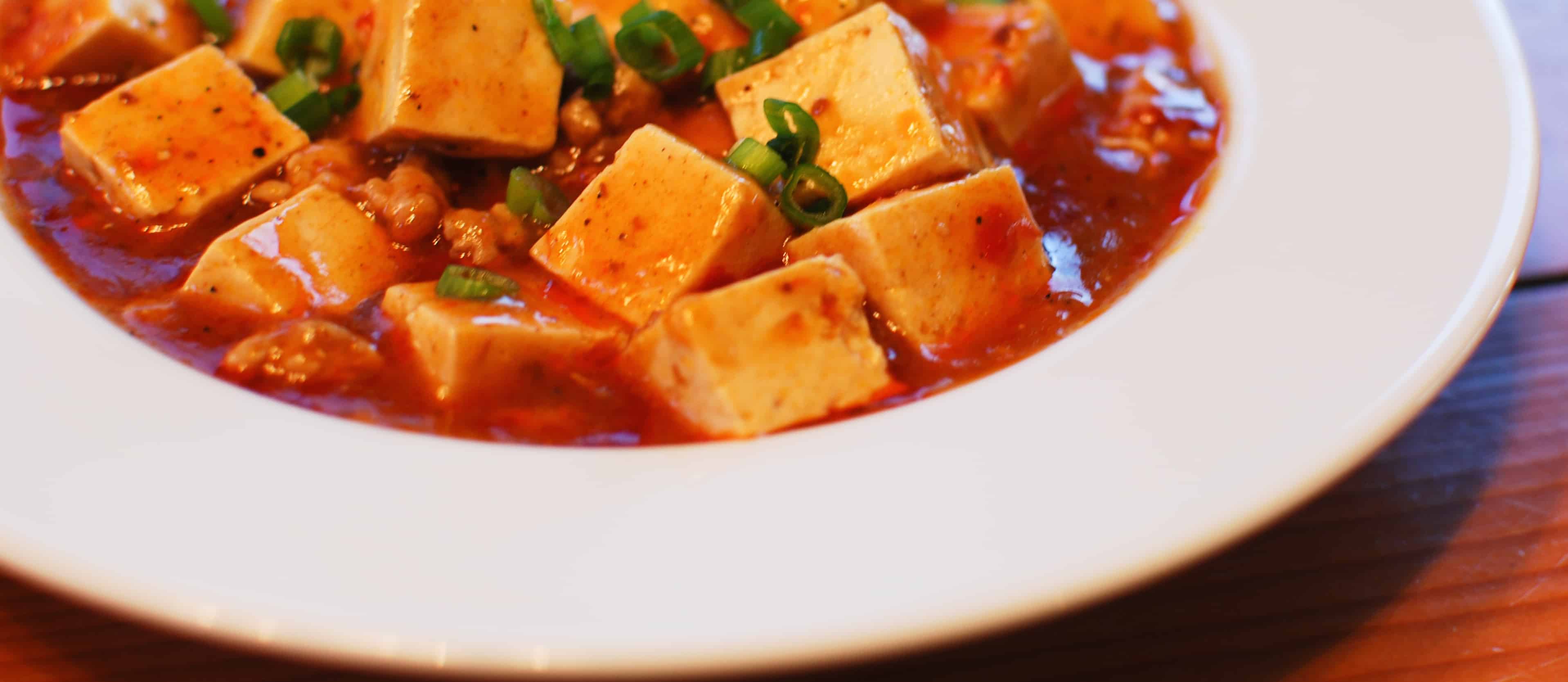In my video, Increased Lifespan From Beans, I discuss how beans may be the single most important dietary predictor of a long lifespan. But why do people who eat legumes such as beans, chickpeas, split peas, and lentils live longer? It may be because men and women who eat legumes have been shown to be lighter, have a slimmer waist, lower blood pressure, lower blood sugars, lower cholesterol, lower triglycerides, and better kidney function. Interestingly, bean intake is a better protector against mortality in women than in men. This may be because cancer—especially breast cancer—was the leading killer of women in the population studied.
Breast cancer survivors who eat soy foods, for example, have a significantly lower likelihood of cancer recurrence. A 2012 review looked at the three studies done to date on the link between soy and breast cancer survival. It showed that women who ate the most soy had a 29% lower risk of dying from breast cancer and a 36% lower risk of cancer recurrence. A fourth study has since been published that reaffirms these results. With an average intake of soy phytonutrients above 17 mg/day—the amount found in about a cup of soymilk—the mortality of breast cancer may be reduced by as much as 38%.
In my video, BRCA Breast Cancer Genes and Soy, you can see a five-year survival curve for Chinese women with breast cancer. After two years, all of the breast cancer survivors that ate lots of soy were still alive, while only about two-thirds of the women who ate the least amount of soy were alive. After five years, 90% of the tofu lovers were still alive and kicking, whereas half of the tofu haters had kicked the bucket. There is a similar relationship between breast cancer survival and soy protein intake, as opposed to just soy phytonutrient intake.
How does soy so dramatically decrease cancer risk and improve survival? Soy may actually help turn back on women’s BRCA genes. BRCA is a so-called “caretaker gene,” an oncosuppressor (cancer-suppressing) gene responsible for DNA repair. Mutations in this gene can cause a rare form of hereditary breast cancer, popularized by Angelina Jolie’s public decision to undergo a preventive double mastectomy. But only about 5% of breast cancers run in families; 95% of breast cancer victims have fully functional BRCA genes. So if their DNA repair mechanisms are intact, how did breast cancer form, grow, and spread? It does so by suppressing the expression of the gene through a process called methylation. The gene’s fine, but cancer found a way to turn it down or even off, potentially facilitating the metastatic spread of the tumor.
And that’s where soy may come in.
The reason soy intake is associated with increased survival and decreased cancer recurrence may be because the phytonutrients in soy turn back on the BRCA protection, removing the methyl straightjacket the tumor tried to place on it. To find out if this is indeed the case, a group of researchers put it to the test.
In the video mentioned earlier, BRCA Breast Cancer Genes and Soy, you can see normal cells side-by-side with three different types of human breast cancer cells, specially stained so that the expression of BRCA genes shows up brown. Column 1 (far left) shows what fully functioning DNA repair looks like—what normal breast cells should look like—lots of brown, lots of BRCA expression. Column 2 shows raging breast cancer cells. If you add soy phytonutrients to the cancer (columns 3 and 4), the BRCA genes get turned back on and DNA repair appears to start ramping back up. Although this was at a pretty hefty dose (equivalent to about a cup of soybeans), the results suggest that treatment with soy phytonutrients might reverse DNA hypermethylation and restore the expression of the tumor suppressor genes BRCA1 and BRCA2. Soy appears to also help with other breast cancer genes as well, and women at increased genetic risk of breast cancer may especially benefit from high soy intake.
No matter what genes we inherit, changes in diet can affect DNA expression at a genetic level. No matter what bad genetic cards we’ve been dealt, we can reshuffle the deck with diet. For examples, see:
- Black Raspberries versus Oral Cancer
- Apple Skin: Peeling Back Cancer
- Plant-Based Diets and Cellular Stress Defenses
I’ve previously covered the available science in Breast Cancer Survival and Soy. Other effects detailed in:
It may be possible to overdo it, though. See my video How Much Soy Is Too Much?
-Michael Greger, M.D.
PS: If you haven’t yet, you can subscribe to my videos for free by clicking here and watch my full 2012 – 2015 presentations Uprooting the Leading Causes of Death, More than an Apple a Day, From Table to Able, and Food as Medicine.
